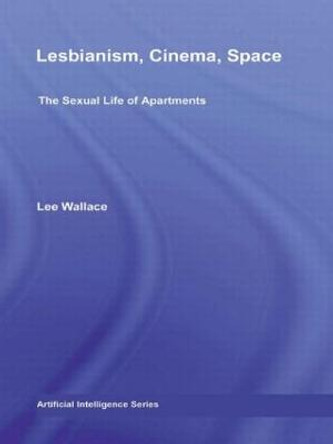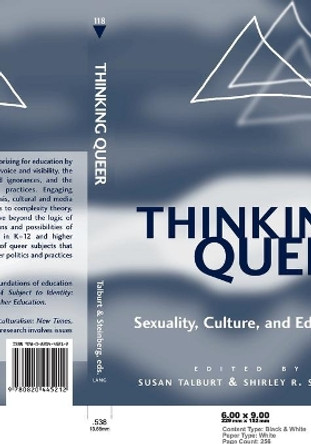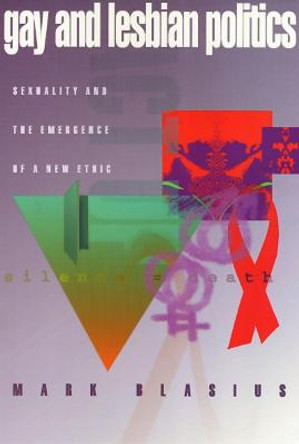Description
John Leo and Dana Heller Award for Best Single Work, Anthology, Multi-Authored or Edited Book in LGBTQ Studies, Popular Culture Association (PCA), 2020
In Queer Timing, Susan Potter offers a counter-history that reorients accepted views of lesbian representation and spectatorship in early cinema. Potter sees the emergence of lesbian figures as only the most visible but belated outcome of multiple sexuality effects. Early cinema reconfigured older erotic modalities, articulated new--though incoherent--sexual categories, and generated novel forms of queer feeling and affiliation.
Potter draws on queer theory, silent film historiography, feminist film analysis, and archival research to provide an original and innovative analysis. Taking a conceptually oriented approach, she articulates the processes of filmic representation and spectatorship that reshaped, marginalized, or suppressed women's same-sex desires and identities. As she pursues a sense of "timing," Potter stages scenes of the erotic and intellectual encounters shared by historical spectators, on-screen figures, and present-day scholars. The result is a daring revision of feminist and queer perspectives that foregrounds the centrality of women's same-sex desire to cinematic discourses of both homo- and heterosexuality.
About the Author
Susan Potter is lecturer in film studies at the University of Sydney.
Reviews
"If one is able to do as Potter asks and suspend contemporary sexual knowledge for the duration of one's reading, Queer Timing is a welcome return to familiar objects, histories, and concepts, one that will likely inspire readers to similarly return to their own objects of study with fresh eyes." --Journal of the History of Sexuality
"Susan Potter offers a counterhistory of queer representation by examining films and extrafilmic archival materials from the late nineteenth century to the late 1920s. . . . Queer Timing provides a provocative approach to tracing queer sexuality in early cinema." --Women's Studies in Communication
"Queer Timing represents an exceptional example of film scholarship and early cinema history grounded in queer theory. It provides a necessary queer complication to historiographical understandings of early cinema and spectatorship." --Synoptique
"Complicating the critical consensus, Queer Timing foregrounds the centrality of women's same-sex desire to historically distinct cinematic discourses of both homo- and heterosexuality." --Film History
"Queer Timing: The Emergence of Lesbian Sexuality in Early Cinema is an important contribution in the fields of film and queer temporality studies. . . . All in all, [it] is a very thorough analysis." --Feminist Media Studies
"Susan Potter provides a necessary complication of early cinema studies by taking seriously both the particularities of early cinema and the radical alterity of the sexualities that--though fleeting--indelibly informed it. While film historical writing deeply aligned with both queer theory and the history of sexuality remains all too rare, Queer Timing might be the first study to so thoroughly pursue its project of lesbian emergence in precisely these terms."--Mark Lynn Anderson, author of Twilight of the Idols: Hollywood and the Human Sciences in 1920s America
"Queer Timing is notable for its careful delineation of the objects it analyzes. Readers encounter especially thoughtful and well-grounded historical claims." --Choice
"A virtuosic exploration of the sexual opacity of early cinema, Queer Timing centers the figure of the modern lesbian in order to decenter everything we thought we knew about her."--Heather K. Love, author of Feeling Backward: Loss and the Politics of Queer History
Awards
Winner of
Book Information
ISBN 9780252084249
Author Susan Potter
Format Paperback
Page Count 238
Imprint University of Illinois Press
Publisher University of Illinois Press
Dimensions(mm) 229mm * 152mm * 20mm







